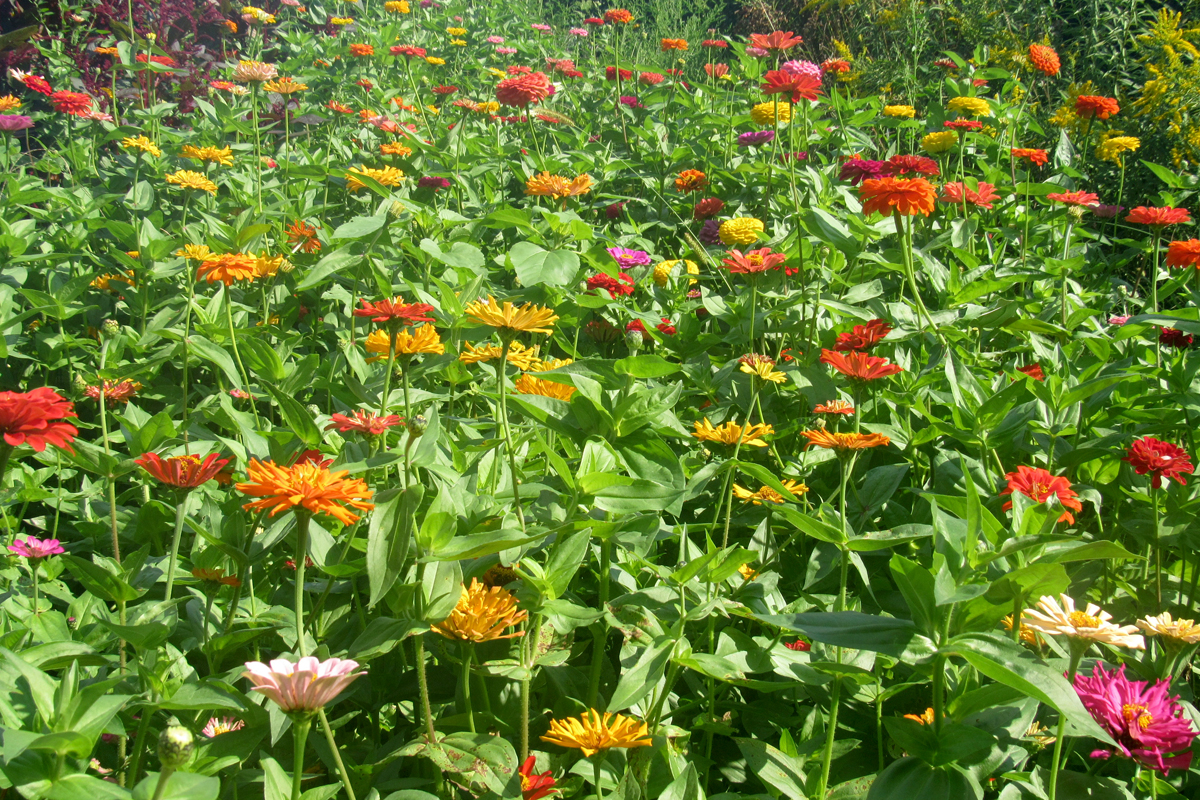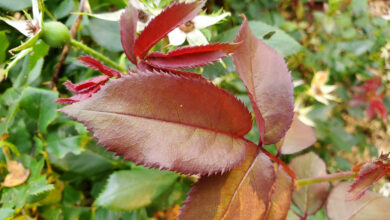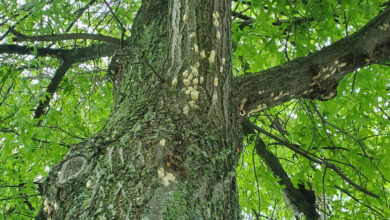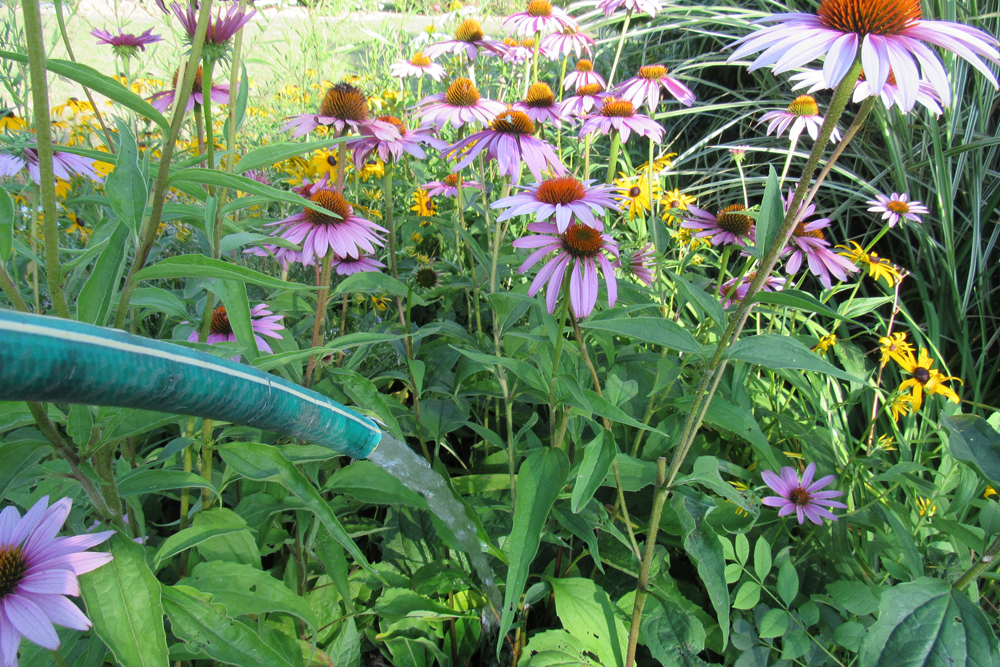September – Bounty and Blight

September is a bountiful time of year with summer crops still being harvested and autumn crops almost ready for picking. There is also an abundance of local fruit available at farmer’s markets including peaches and apples.
I was reminded recently that September is like a second spring in the garden. It’s another chance to plan, dig, divide and plant.
Many perennials benefit from dividing in the late summer. Dividing in September gives them time to establish new roots before the temperatures drop and the ground freezes. This is the time, especially, to divide peonies. Make sure each division has 3-5 eyes (they resemble pink noses) and replant so that eyes are no more than 2 inches deep.
If you want to plant the beautiful autumn mums you purchased at the garden center or farmer’s market, pick a well-drained site and plant in a mound of soil to help with proper drainage.
Houseplants which have spent the summer outside can be prepped for their move back indoors. Check for insects and thoroughly rinse the leaves and the container. Shift the plants to a sheltered area before bringing them inside.
Order or purchase spring flowering bulbs now while the selection is best. You can hold on to the bulbs for planting in October, but be sure to monitor their condition. Spring bulbs look best when planted in drifts or large clumps.
Herb growers can harvest and dry perennial herbs like oregano and sage for winter use. Hang small bunches upside down in a brown paper bag in a dry, dark location. Pot up herbs like chives, basil and rosemary to bring indoors. Garlic bulbs can be purchased and planted in October for harvest next year.
Early September is a prime time for lawn care. University of Illinois Extension says nitrogen is a main concern for lawns, as it helps give a nice green color. Look at the fertilizer package for an analysis of nutrients. Controlled-release nitrogen, or slow-release nitrogen – sometimes labeled as sulfur-coated urea, coated urea or IBDU – will release smaller amounts to the grass over a long period of time and result in more uniform growth.
The amount of fertilizer to apply is based on the nitrogen rate and varies according to the type of grass and maintenance level. A full-sun lawn should receive more nitrogen than a lawn in the shade. Higher maintenance lawns may need more. Most individual applications should be around 1-2 pounds of nitrogen per 1,000 sq. ft. The early fall treatment could be higher, especially if controlled release nitrogen fertilizer is used. Check the label for suggested setting guides and how much lawn coverage the bag will provide.
If conditions are dry, fertilize after rain or watering. You can also over-seed areas of your lawn which are thin or damaged. Complete lawn seeding chores by September 30.
Late blight has been confirmed in our area. If you think your tomato or potato plants are affected – the plant material will look like it has greasy smears – contact your local Cornell Cooperative Extension Office so that the infection can be tracked and growers notified.
Late blight results in tomatoes which rot on the vine or potato tubers which rot in storage.
A spraying schedule of a cooper-based fungicide can protect tomatoes and potatoes not yet affected by late blight.






